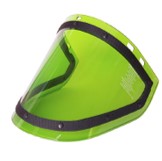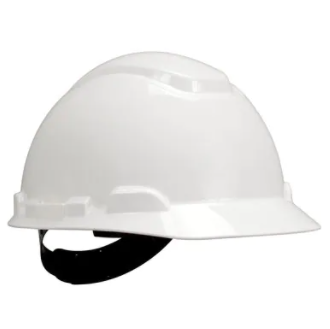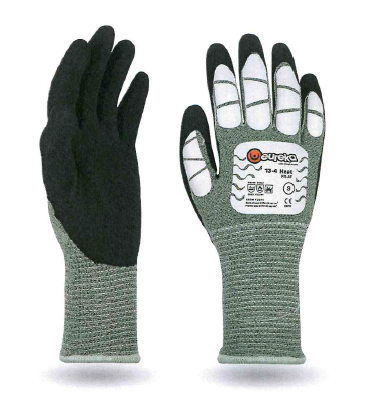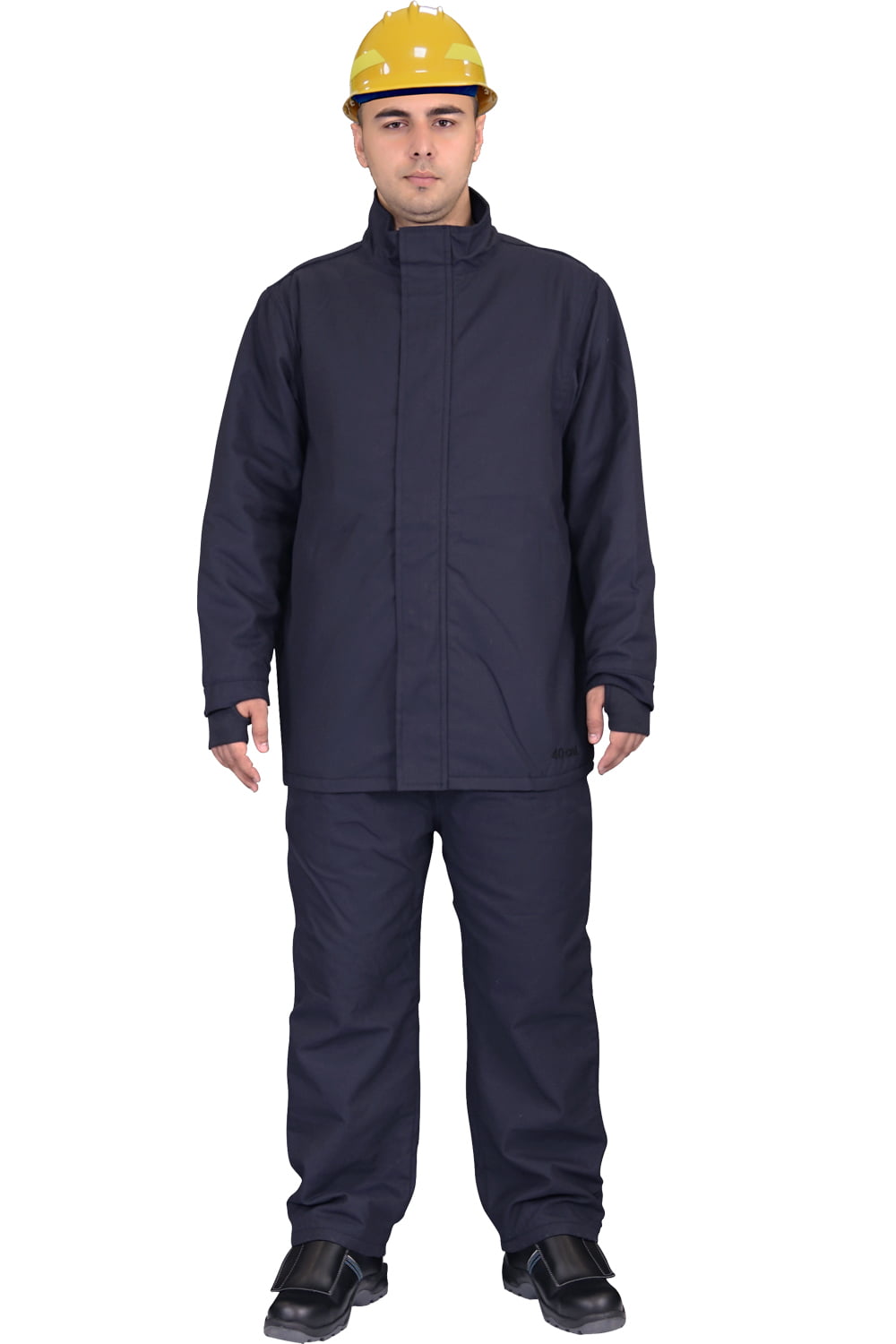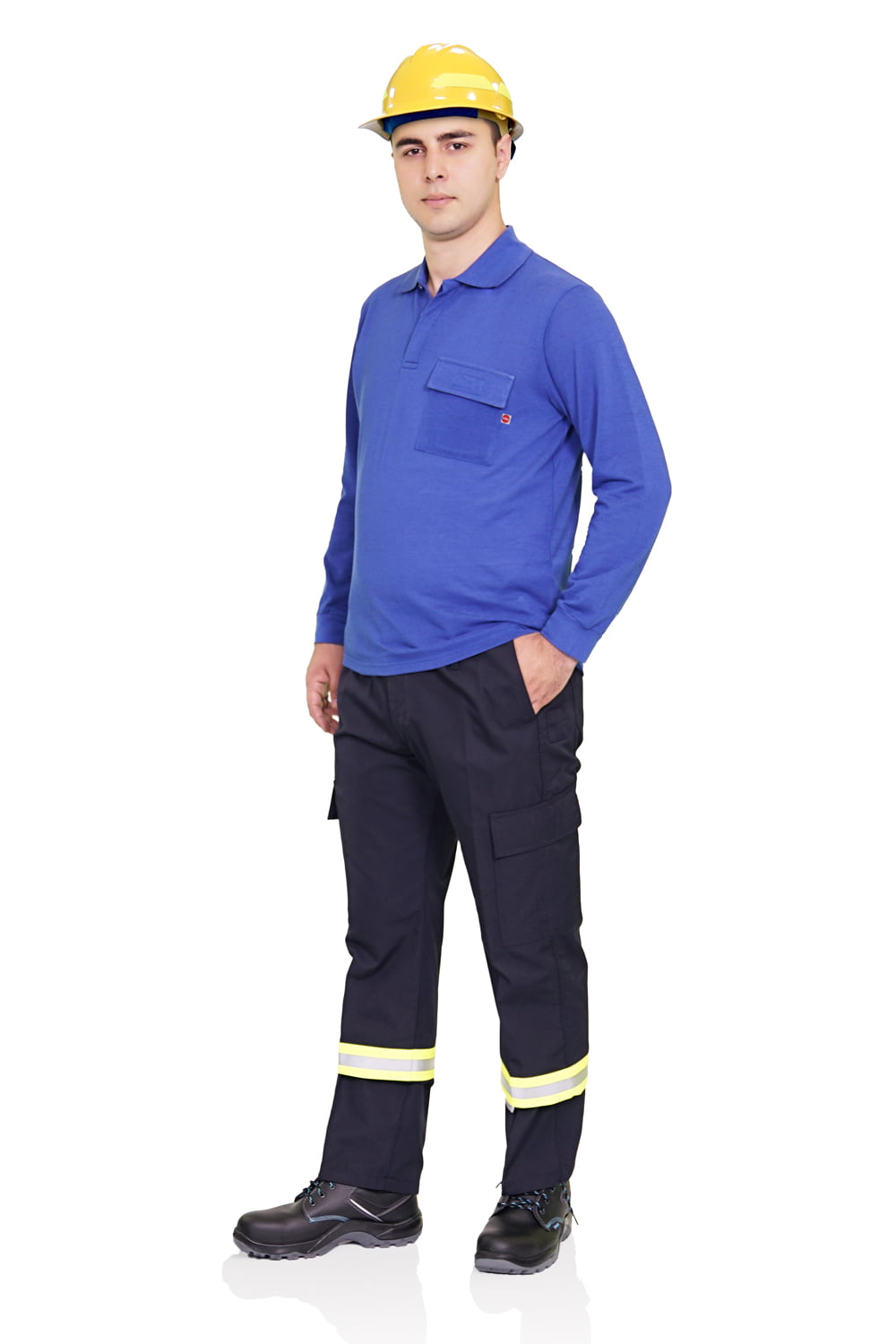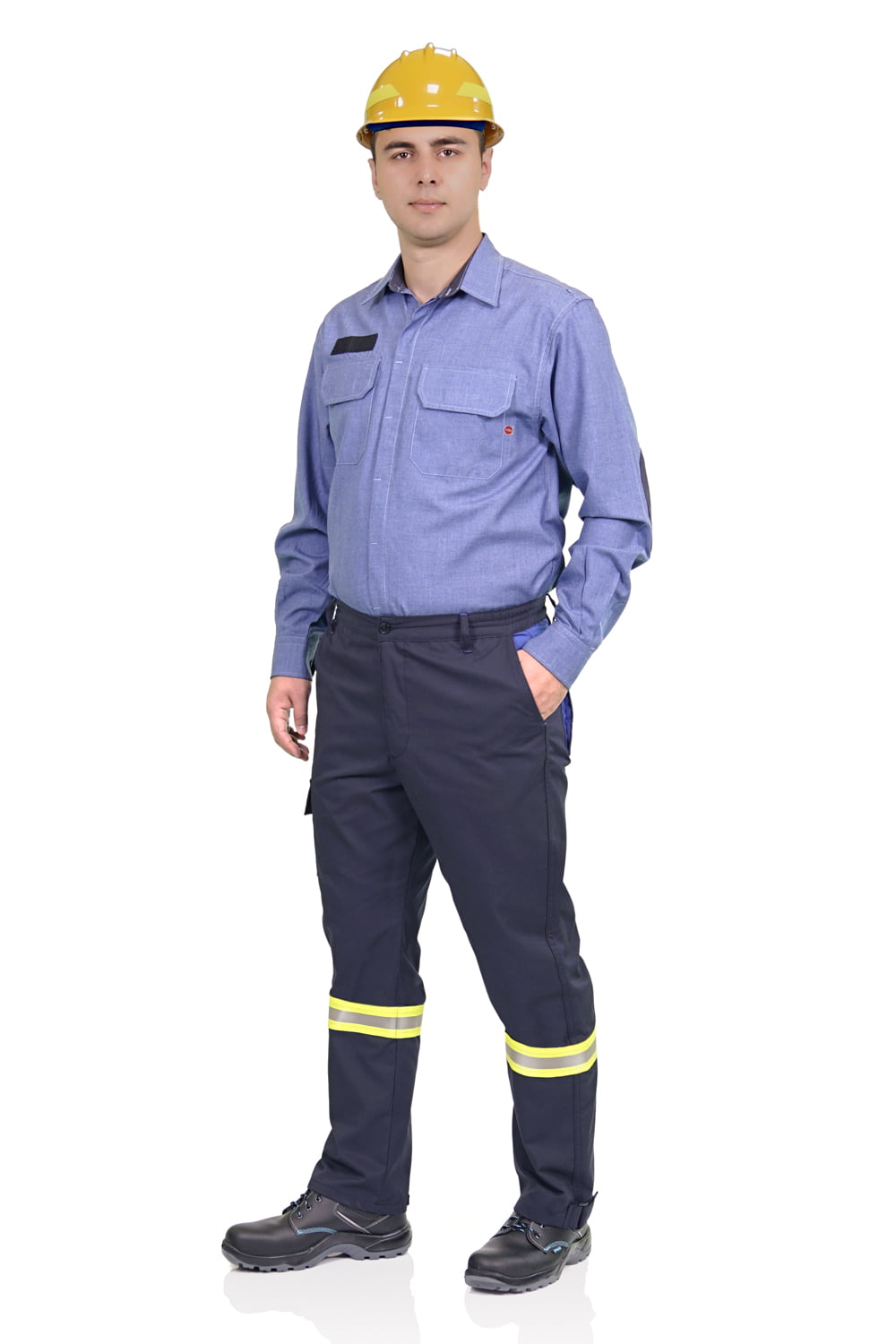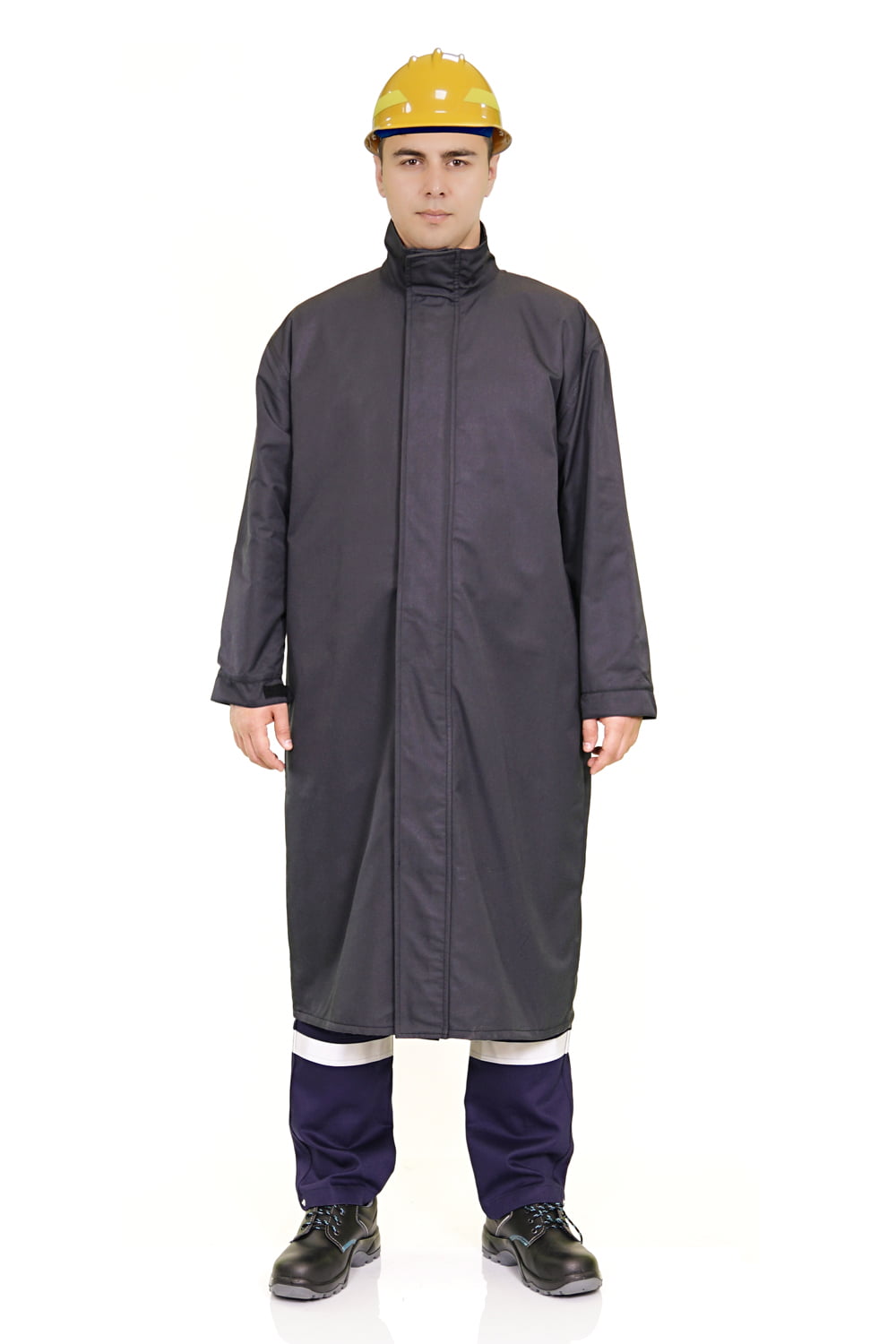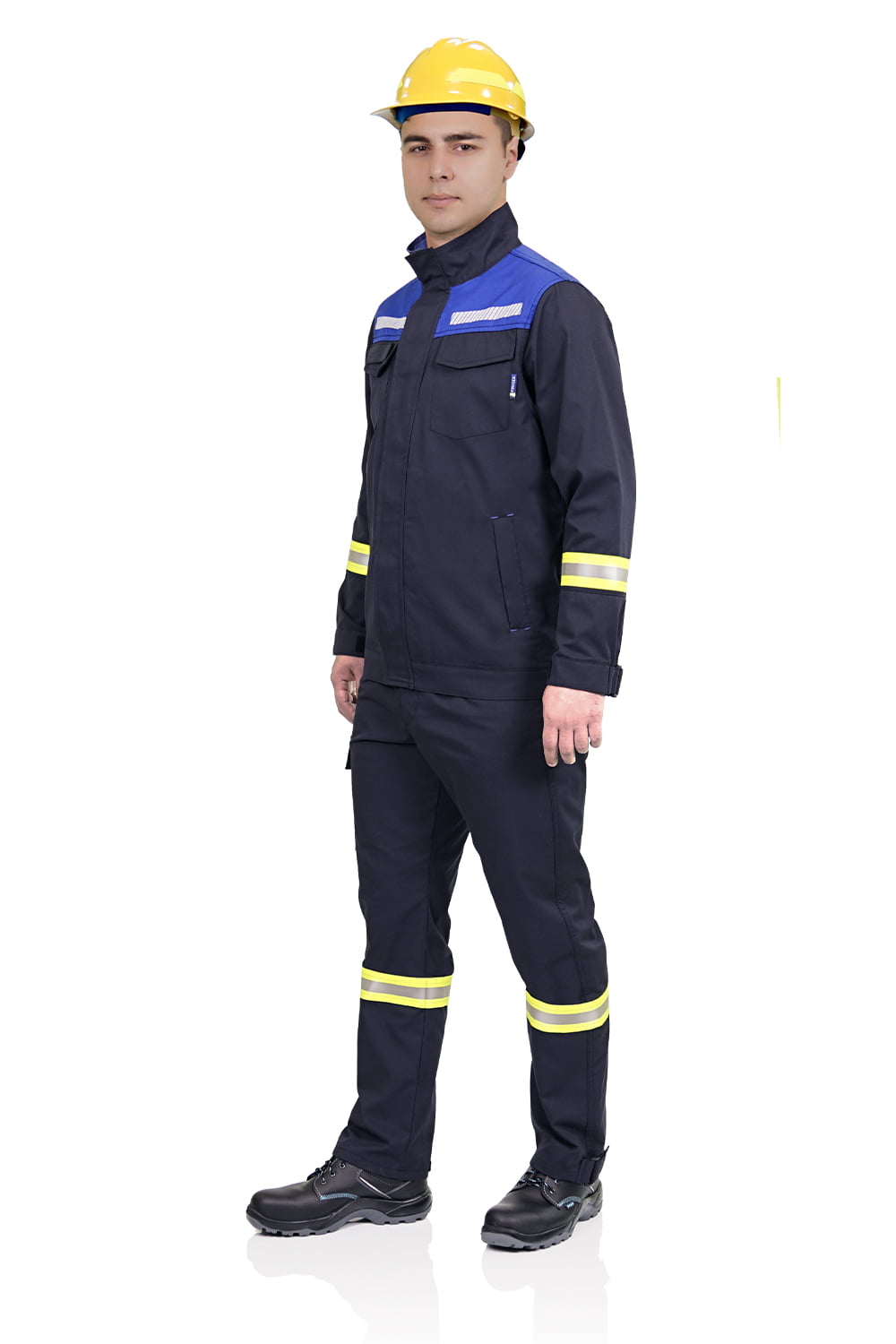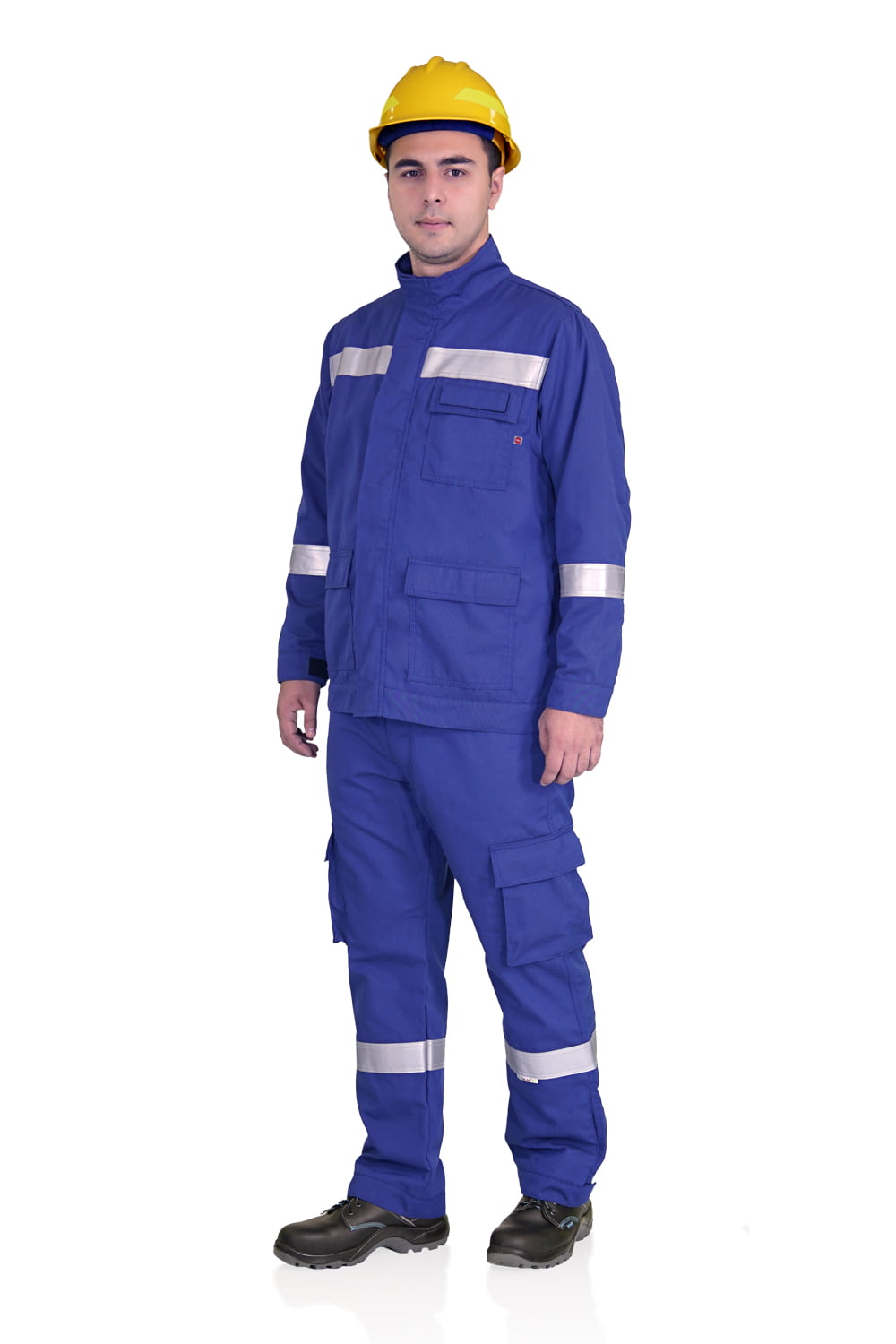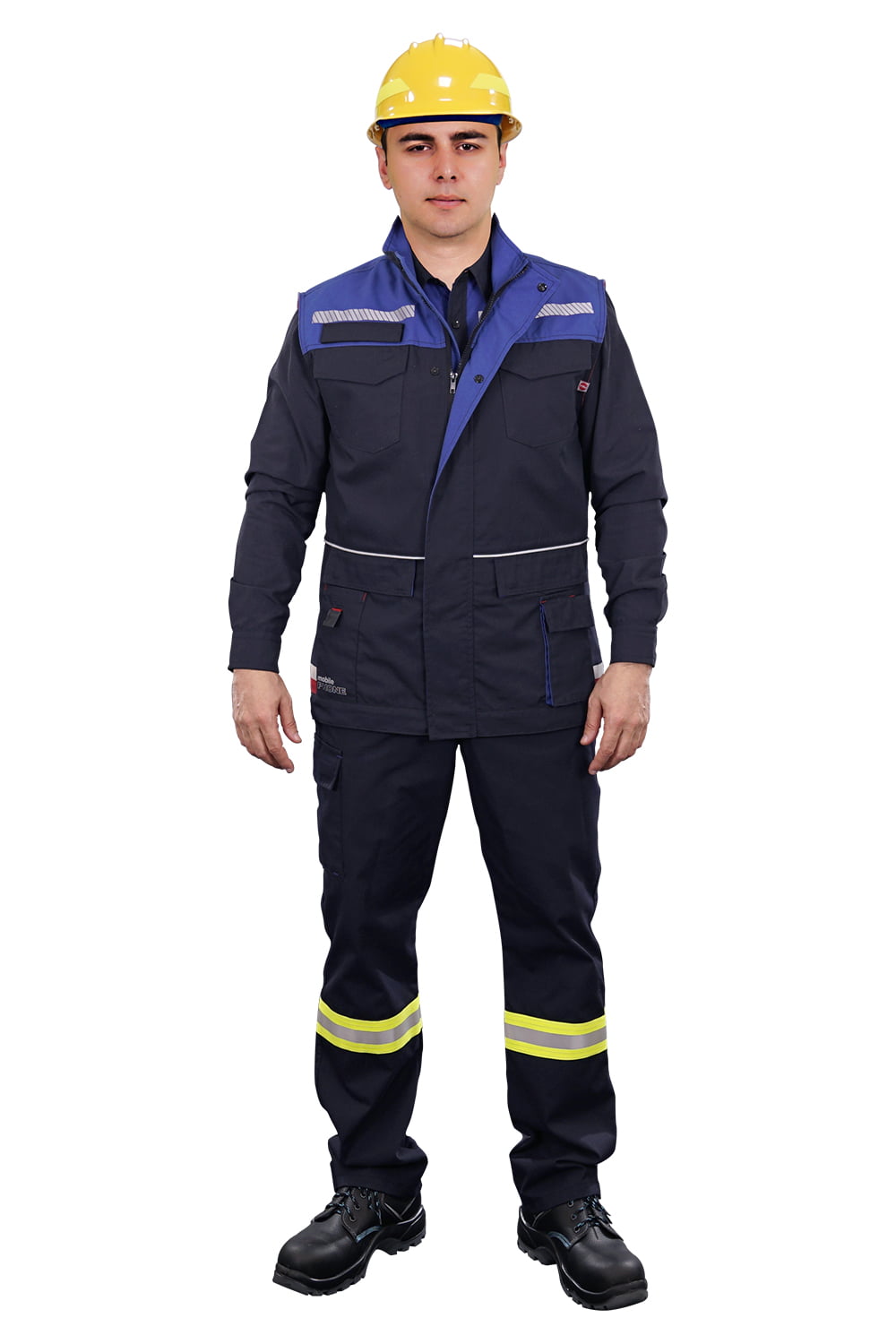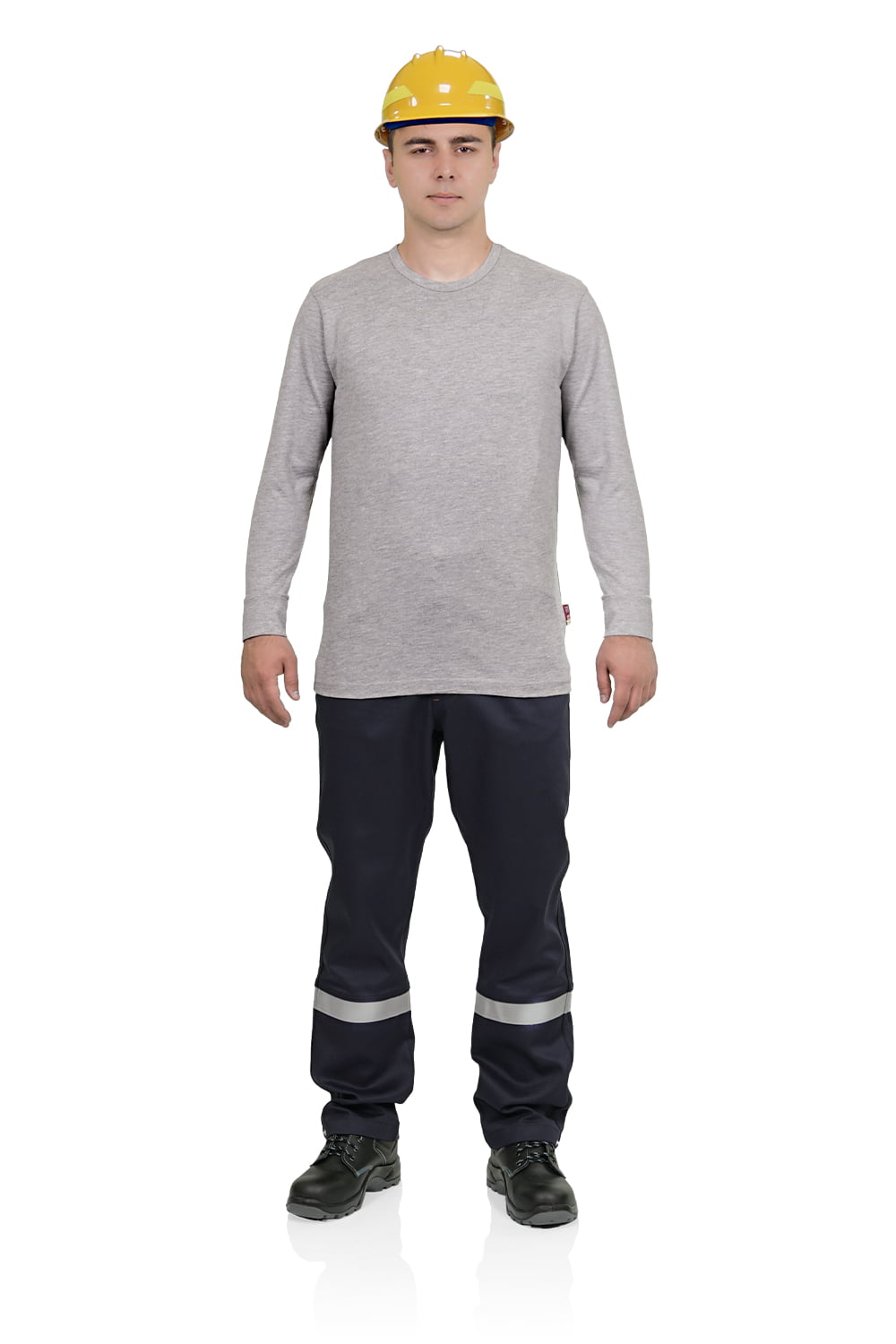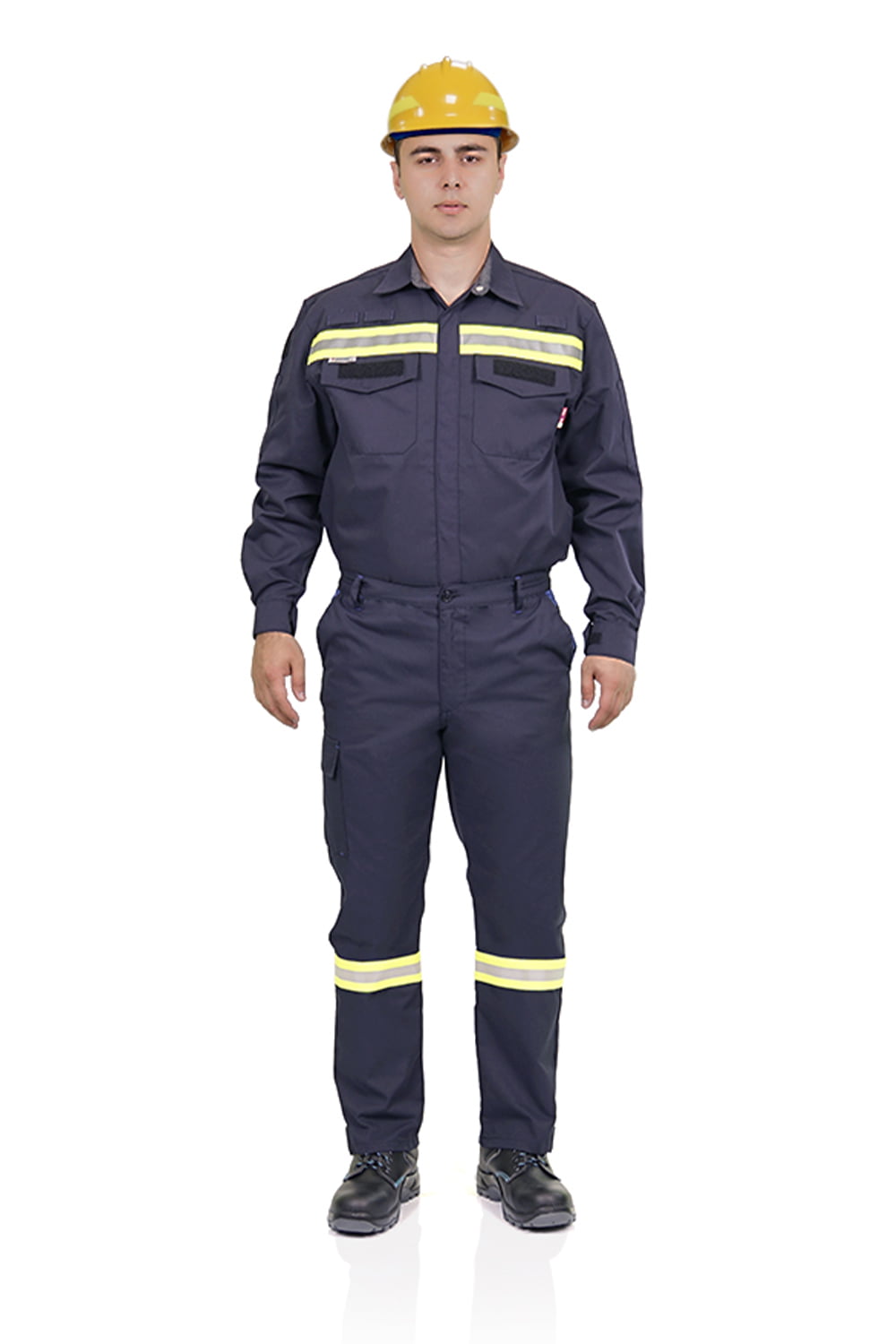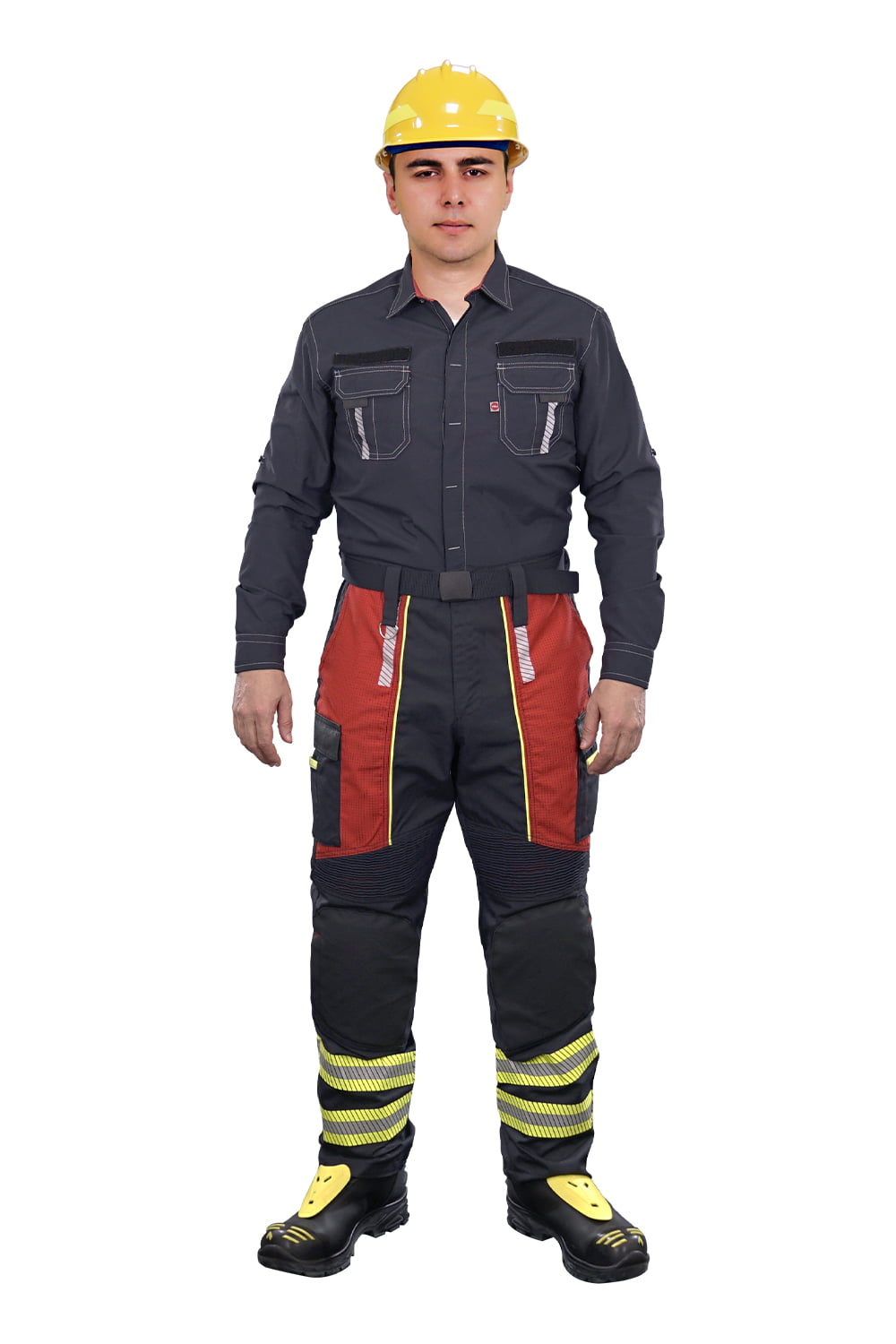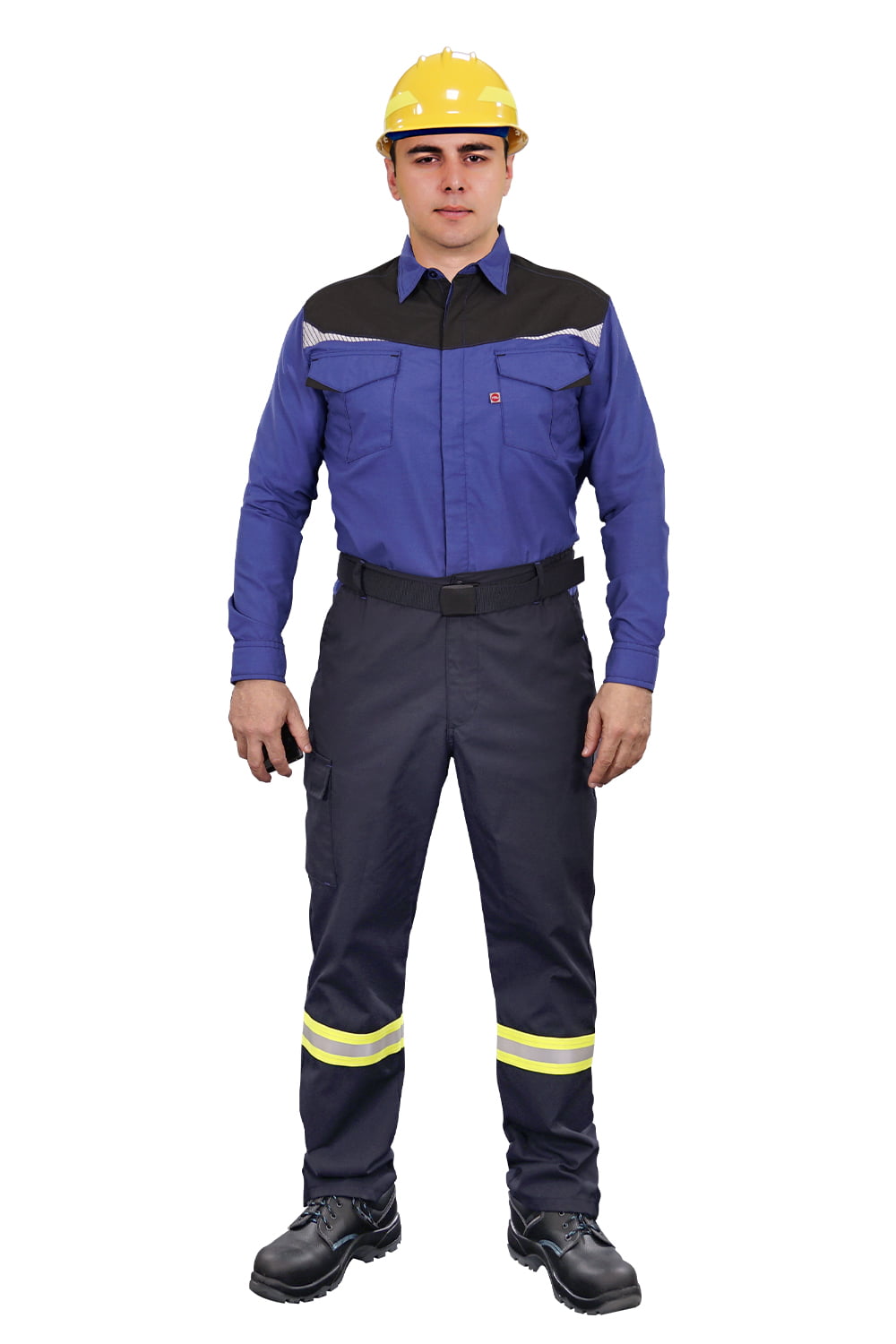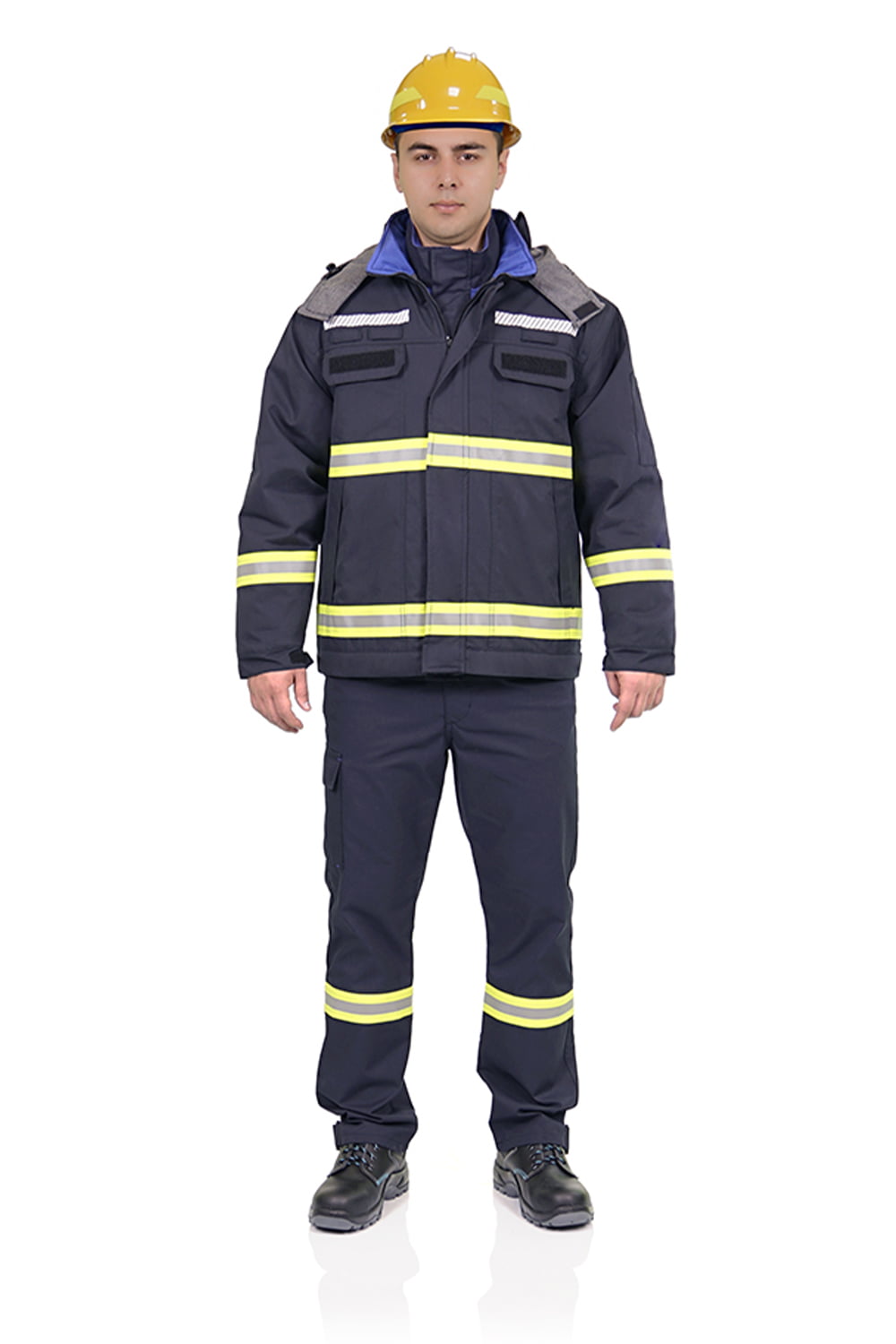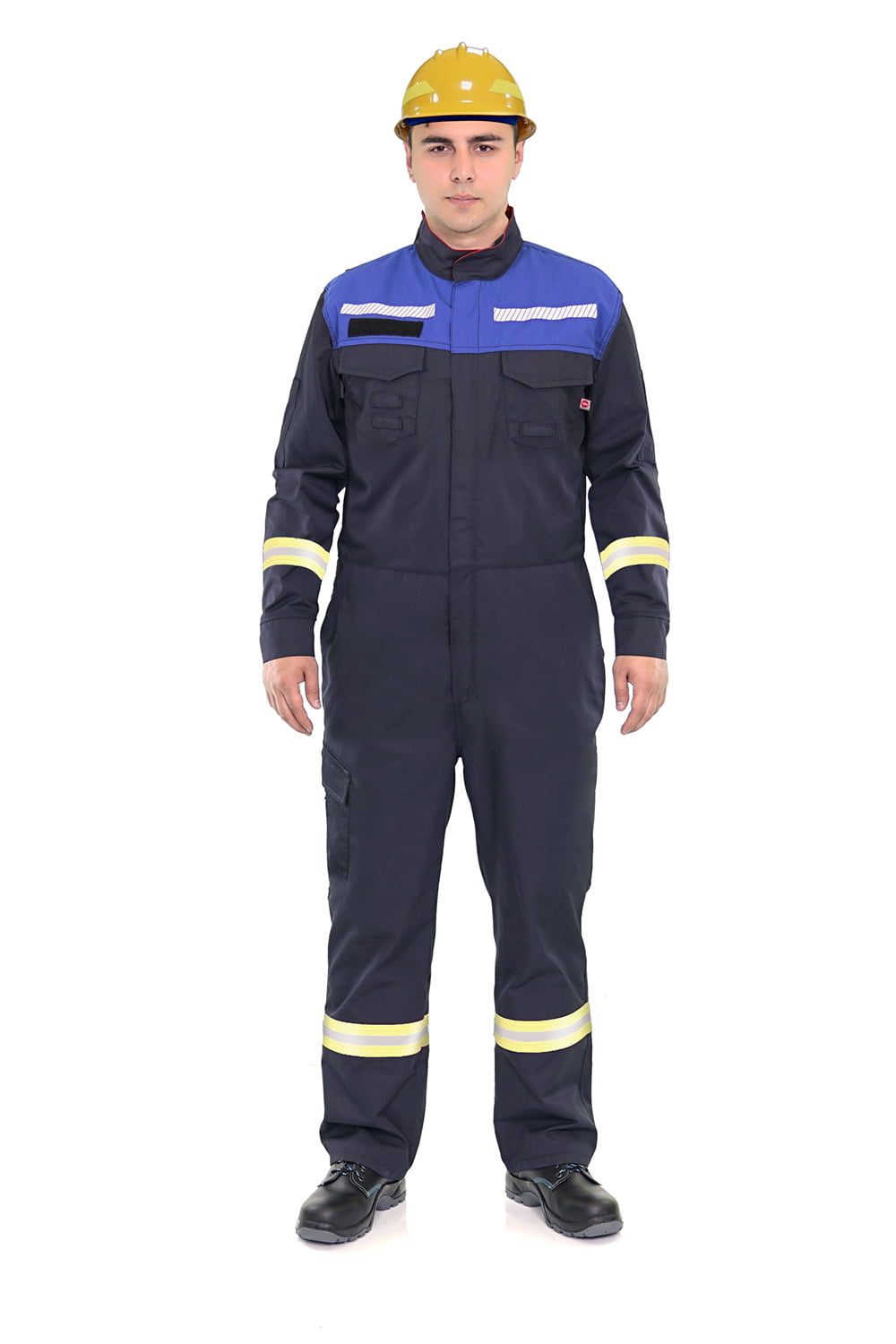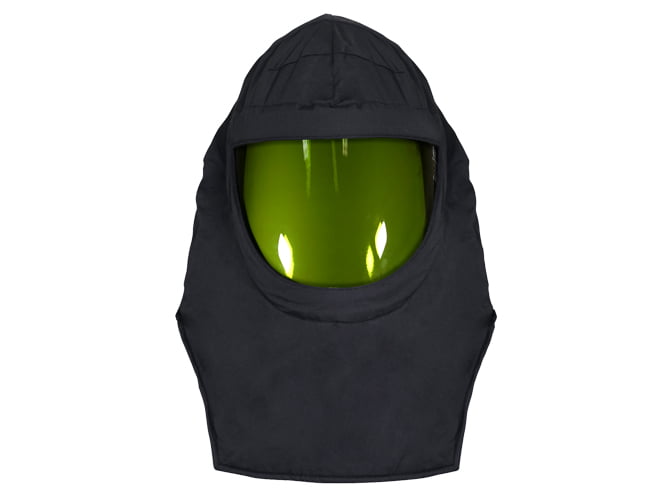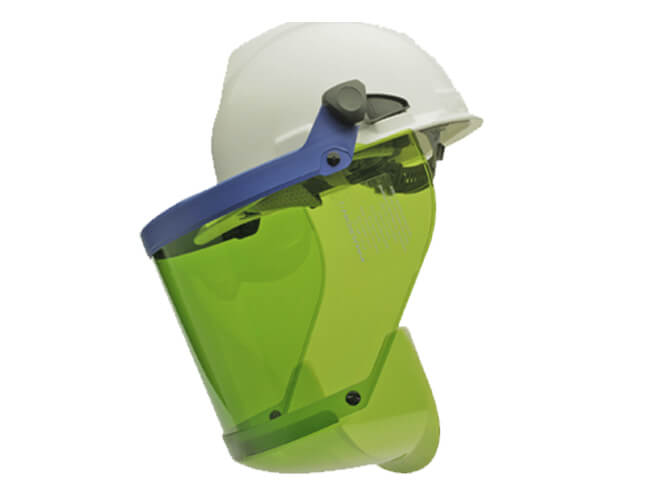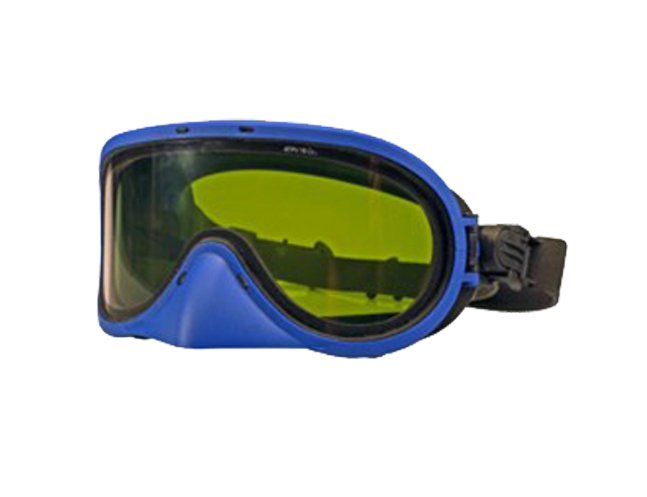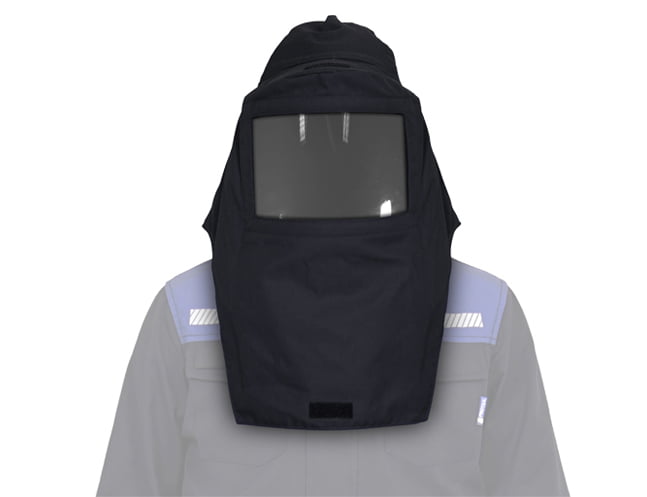ARCSTAR – Electric Arc Protection
Why ARCSTAR?
An electric arc is a continuous or brief electrical discharge with very high current between two conductors at a distance. An electric arc is attended with a very bright light and intensive heat.
An electric arc represents a very serious threat because of the risk of severe burns, with potentially fatal consequences, caused by intense heat. The electric arc also generates other potential dangers, for example intense light, a pressure wave, noise or toxic fumes.
People working in the electrical industry place themselves in the line of danger while repairing blown transformers, replacing downed power lines and handling other jobs where high voltage is a constant threat.
Traditional fabrics like cotton or polyester continue burning, melt or drip in case of an electric arc.
ARCSTAR Protective Clothing can protect workers under these and similar situations and can help to reduce the chance of long-term injury or death.
Application Areas
Main application areas are classified as Electrical Utilities, Power Distributions, Power Plants, Railways, Engineering Projects, Refineries, Shipbuilding and Automotive Industry.
Requirements for protective clothing that protects against electric arcs
Naturally, there are requirements for the protection against the thermal effects of an electric arc. This can, according to the standard, be done in two ways. Depending on the needs of the user one or both of the methods should be applied. The open arc method described in EN 61482-1-1, while the box test falls in the EN 61482-1-2.
The open arc method determines, inter alia, the Arc Thermal Protection Value (ATPV). This must be at least 167,5 kJ/m² (4 cal/cm²). A higher value means better protection. The necessary ATPV value can be determined by a risk analysis.
At the box test, the class is determined depending on the test conditions and the measured thermal protection. Class 1 is the minimum, and thereby corresponds to an arc of 4 kA, for 500 ms and at a distance of 30 cm. The test for Class 2 makes use of a short-circuit current of 7 kA.



